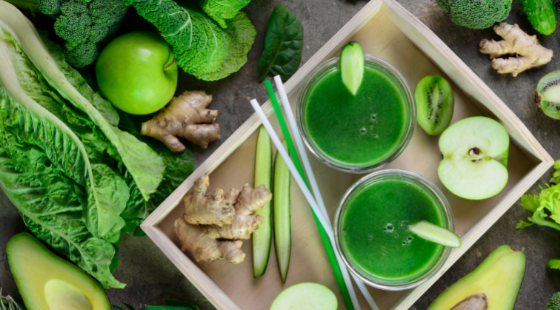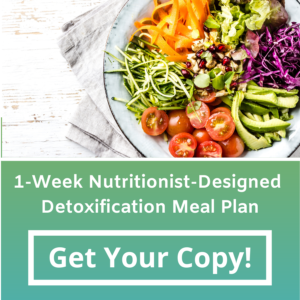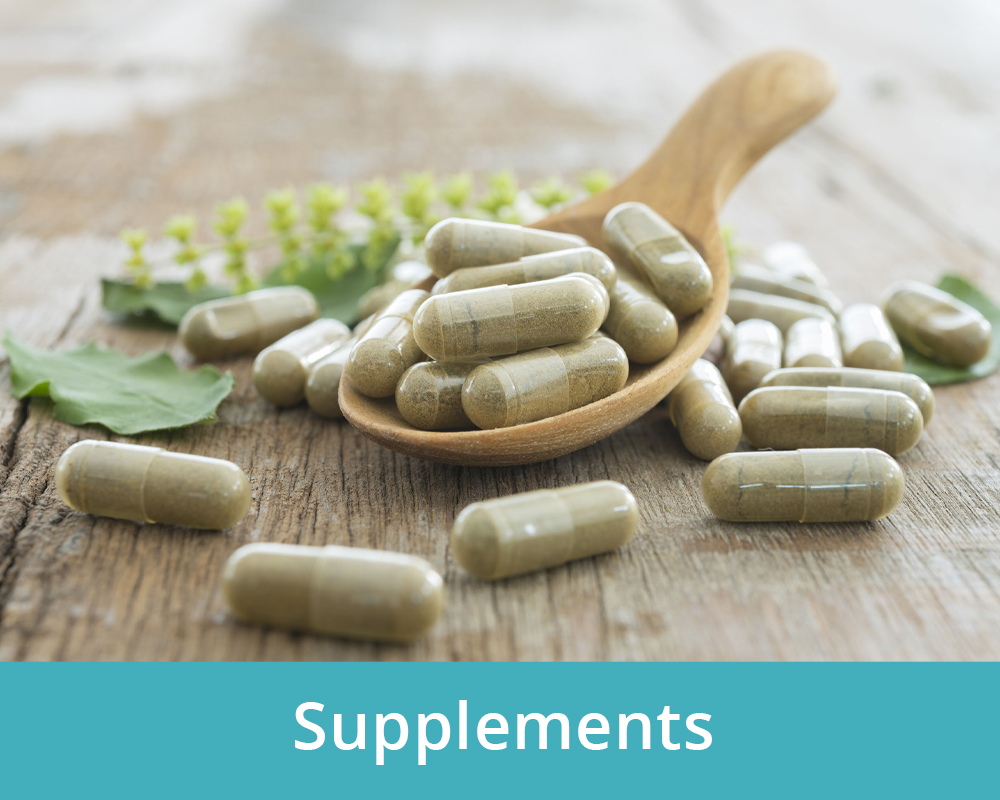
Modern living is full of exposures to toxins. These toxins are in the air we breathe, the water we drink, the food we eat, the products we put on our skin, and the chemicals we use to clean our homes. We are constantly exposed to toxins.
The human body has an amazing ability to detoxify itself through various mechanisms. The liver is our main organ of detoxification. It is a very resilient organ that filters toxins or metabolites out of our blood, transforms them into less harmful substances, which then allows them to be purged from the body.
In modern day, people often look at “detoxes” and “cleanses” as a “quick fix” to lose weight, feel better, and have more energy and we often hear these words being used interchangeably but is there a difference between a detox and a cleanse? And do they actually work?
What Is The Difference Between A Detox And A Cleanse?
“Detox” and “cleanse” are frequently used interchangeably, but when it comes down to it, these processes serve two different purposes. A cleanse refers to supporting existing pathways, in essence “opening up doorways” within the body, such as the bowel and urinary system. A detox, on the other hand, refers to liberating and removing toxins at a deeper level, such as those stored in our cells or fat deposits.
Cleansing is regulated by the nervous system and detoxifying is regulated by our endocrine system. Cleanses are more of an ongoing lifestyle approach, where as detoxes are a short-term purpose-driven approach.
What Is A Cleanse?
Simply put, a cleanse is the naturally stimulated elimination of waste products. It is a way to help open the exit channels or “doorways” that naturally eliminate toxins from the body. The channels that help to do this includes:
- Bladder (urine)
- Bowel (stool)
- Skin (sweat)
- Lungs (exhale)
There are multiple cleansing strategies that can be used to support natural elimination, such as: adequate clean water intake to help usher out toxins through the bladder; probiotics and fiber to help ensure regular and healthy bowel motion to excrete toxins through our stools; skin brushing, sweating, and sauna, to help with releasing toxins through the skin; and deep breathing, belly breathing, or yoga to help expel toxins from the lungs.
Castor oil packs are another great cleansing tool and can be used on different parts of the body. It helps move the lymphatic system, places the body into the parasympathetic nervous system (rest and digest), which is optimal for the body to detoxify and repair! Plus, it helps stimulate peristalsis and pooping!
In addition to toxins, a cleanse aims to remove everything from fecal matter to parasites and fungi stuck in your system. It can also help to purge unhealthy gut bacteria and replace them with more beneficial bacteria.
What Is A Detox?
Detoxification, or “detox” is a process of removing toxins from inside individual cells, and focuses on metabolic pathways to do this. Detoxification helps to make toxins non-toxic or less toxic, and able to be cleansed out of the body. Detoxification typically involves individual cellular structures, the liver and kidneys, some mucus membranes, and even the brain.
The tools that can assist in supporting detoxification usually include various vitamins, minerals, amino acids, and antioxidants that are needed as cofactors to help the liver breakdown toxins through its phase 1 and phase 2 detoxification pathways. Sometimes herbs, phytochemicals and neutriceuticals can be used to help liberate buildup toxins that have been stored deep down in our cells causing us problems.
A typical detox diet could involve a period of fasting, followed by a strict diet of fruit, vegetables, fruit juices, and water. Sometimes a detox also includes herbs, teas, supplements, and colon cleanses or enemas.
When Would You Do A Cleanse Or Detox?
Are you experiencing signs and symptoms that your nervous system, endocrine system or immune system are not working well together? These three systems all help to remove the build-up of excess toxins from the body. If you are struggling with various skin, digestive issues, or fatigue – it may be your body crying out for a “bath”, so to speak. Remember, symptoms are just your body’s language to tell you things are out of balance
The human body naturally detoxifies itself more efficiently in the spring and fall. So, those are the ideal times for implementing a cleanse and/or detox, to help synchronize with your body’s natural rhythms during these seasons.
Is It Safe To Do A Cleanse Or Detox?
The goal of a detox is similar to the goal of a cleanse, but they don’t work in the same way.
The most important factor to remember is that you SHOULD NOT do a detox until all your “exit doors” (bowel, bladder, lungs and skin) are all functioning well and are “open”. It is imperative to ensure all “doorways” are open prior to attempting a detoxification. Liberating toxins with a detox, before addressing the body’s ability to release those toxins through the “exit doorways”, can be more dangerous that doing nothing. In short, when your body releases stored toxins from the cells, they need to be expelled from the body. If your exit pathways are not working well, then these toxins released from the cells can circulate around the body causing more harm and damage than if they’d been left in “storage”. This could completely mitigating any potential positive gains from a detox. Not ensuring exit doors are open can lead to constipation, severe headaches, rashes, fatigue, brain fog, and more.
Your body also needs to be in a parasympathetic state (a calm and relaxed state) and not sympathetic state (fight or flight response, such as when we are stressed). Stress inhibits our ability to detoxify and cleanse. For example, if we are stressed we are less likely to have a bowel motion. So, incorporating deep breathing, mediation, yoga and other stress management techniques are crucial to optimize any cleansing or detox experience.
As we detox, we may go through a period of feeling worse before feeling better, so be sure you plan a time to do this when you are not too stressed, will have time to rest, and don’t have too many things on the go.
Who Should Not Do A Detox?
At-risk populations include children, adolescents, older adults, those who are malnourished, pregnant or lactating women, individuals with an eating disorder, and people who have blood sugar issues, such as diabetes. Although it is good practice for anyone to consult a health professional for guidance around cleansing and detoxification, for individuals with the pre-existing conditions such as the above, getting appropriate guidance from your doctor or other qualified health professional is critical.
The bottom line is: a detox is not a quick fix. Cleansing and detoxification are natural processes that can be supported through dietary and lifestyle changes. Making small daily adjustments to encourage the body’s natural abilities to continue to detox can be a great start for long-term health and wellness!
If you’re ready to support your body’s detoxification process, you can download your copy of our 1-Week Detox Meal Plan today!






